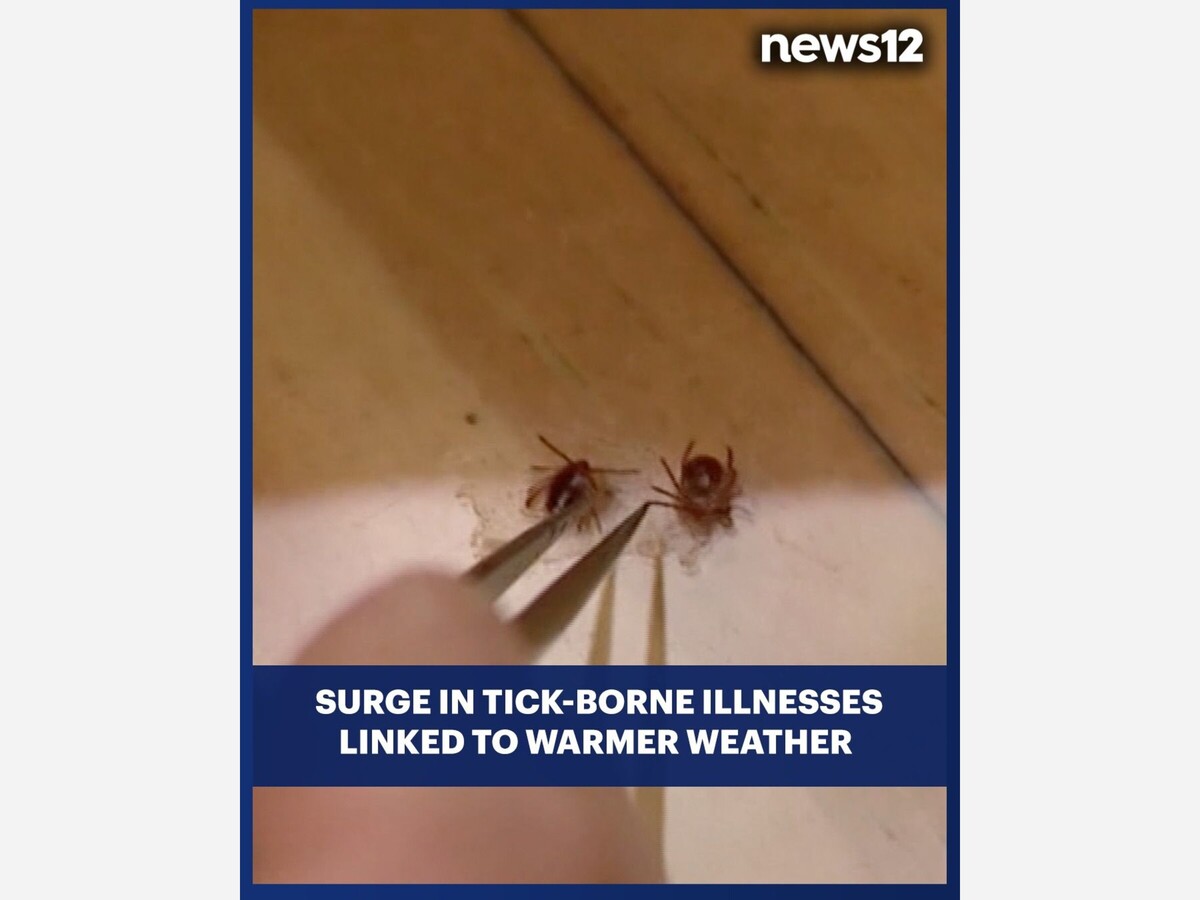Multiple reports indicate that hospitals across Long Island are experiencing a concerning increase in tick-borne illnesses this summer. This aligns with a broader trend across New York State and the Northeast, where emergency room visits for tick bites are at their highest level since 2019. Experts attribute this surge to several factors:
- Mild winter: A warmer-than-average winter meant ticks had a longer active period.
- Wet spring: A wet spring further contributed to the booming tick population.
- Climate change: Warmer temperatures in general are leading to longer tick seasons and expanded tick habitats, according to NYC Health.
- Increased host animal populations: Particularly deer and rodents, driven by factors like reduced predators and human encroachment, provide ample blood meals for ticks, aiding their survival and reproduction.
- Human activity: Outdoor recreational activities and development into natural habitats increase human exposure to ticks.
Key takeaways
- Lyme disease remains the most prevalent tick-borne illness on Long Island and in New York State, followed by anaplasmosis and babesiosis, according to the New York State Department of Health.
- Emerging threats like Alpha-gal syndrome (meat allergy) have also been linked to Lone Star tick bites, which are becoming more prevalent in western Suffolk County.
- Early detection and prevention are crucial for minimizing the risk of tick-borne illness.
- Dr. Andrew Handel, a pediatric infectious disease specialist at Stony Brook Children's Hospital, noted the high volume of tick bite evaluations they are seeing, emphasizing that bites are increasing even if Lyme disease cases haven't seen a proportional spike yet.
- Dr. Luis Marcos, an infectious disease specialist with Stony Brook Medicine, observed a shift in cases, with more patients reporting tick bites in western Suffolk and the North Shore of Nassau County, a change from previous trends.
- The Suffolk County Department of Health Services indicates that Lyme disease cases remain underreported despite official data showing a decrease since 2015, according to The Long Island Advocate.
Health officials urge residents and visitors to take precautions when spending time outdoors, including using repellents, wearing protective clothing, and performing thorough tick checks after outdoor activities. The Stony Brook Southampton Hospital's Regional Tick-Borne Disease Resource Center also offers resources and support for those affected by tick-borne illnesses. This is for informational purposes only. For medical advice or diagnosis, consult a professional. AI responses may include mistakes. Learn more
More News from Mount Sinai
